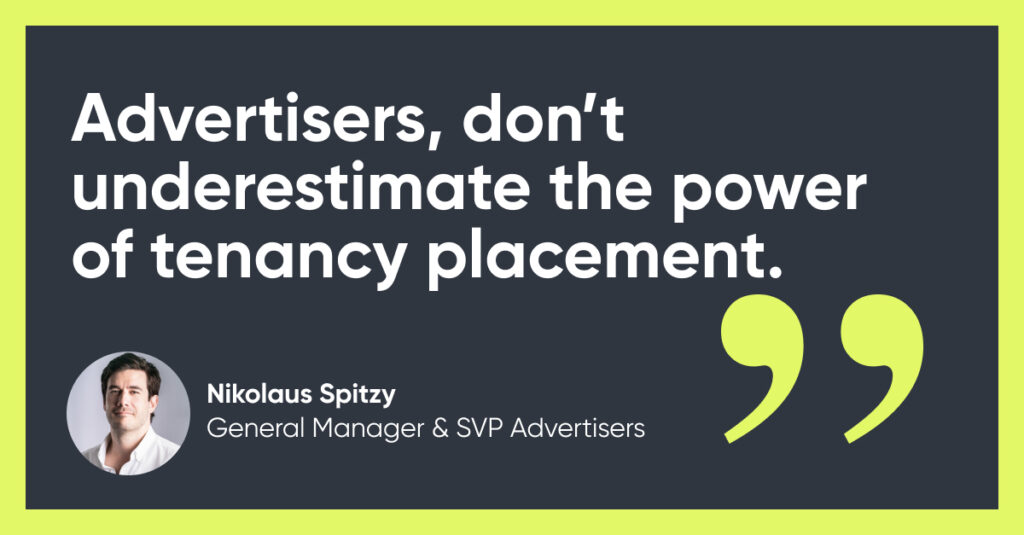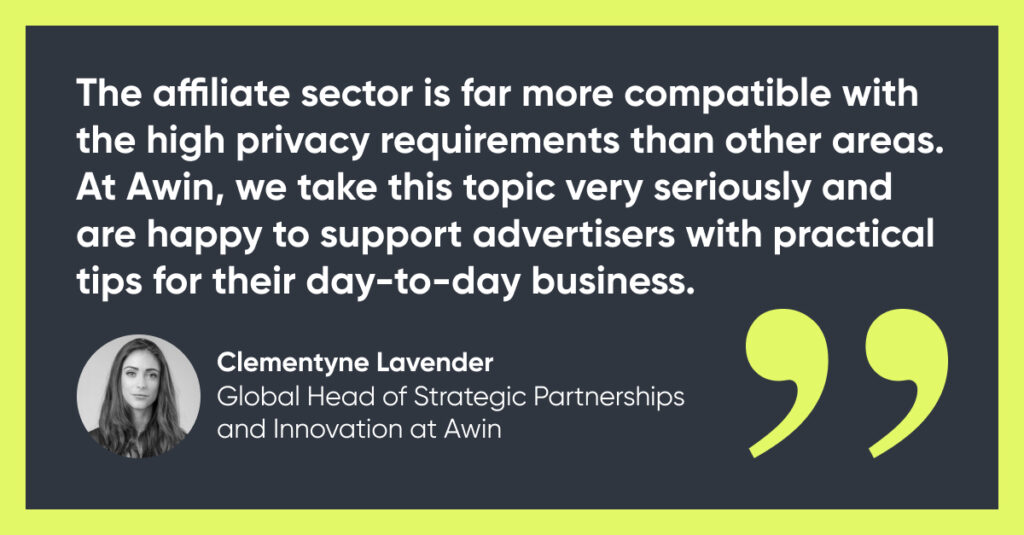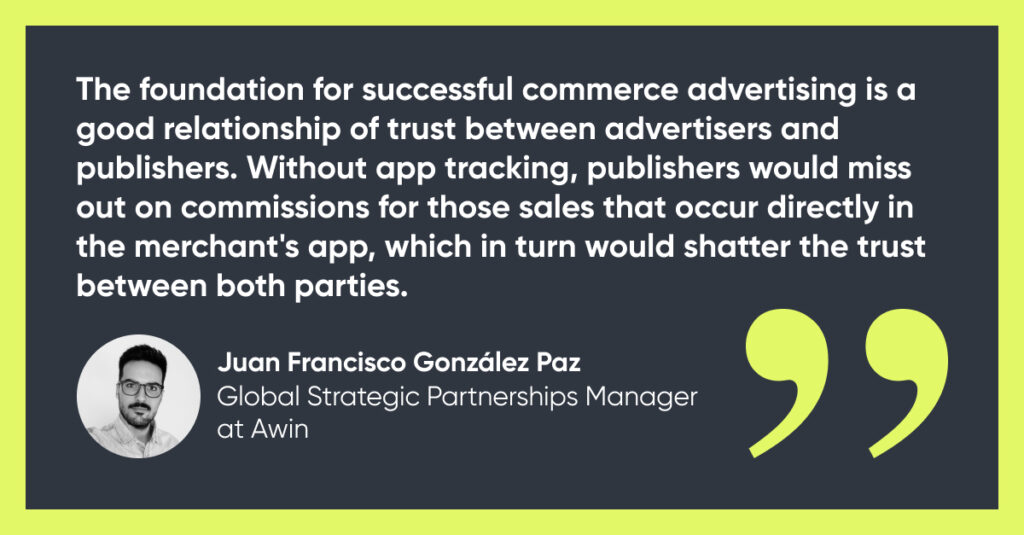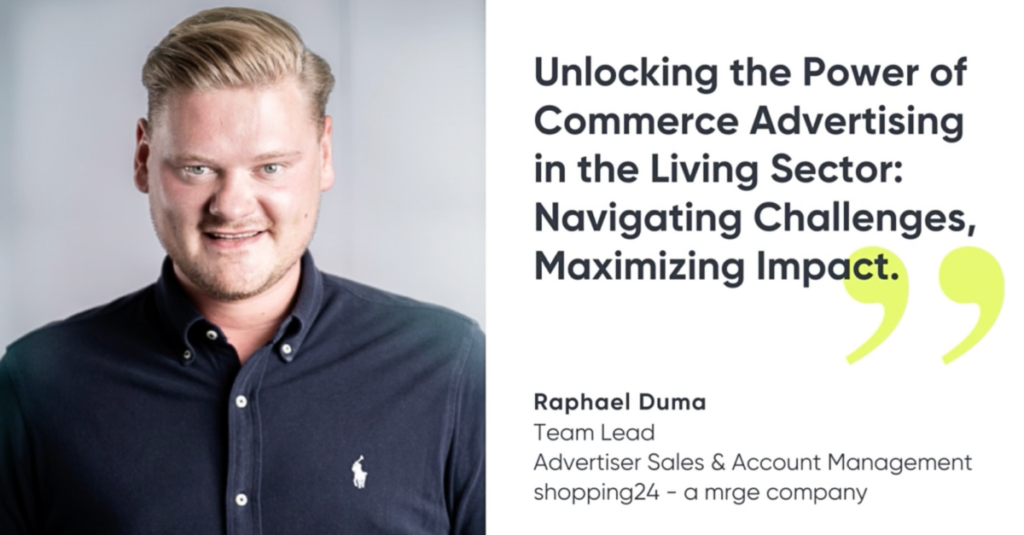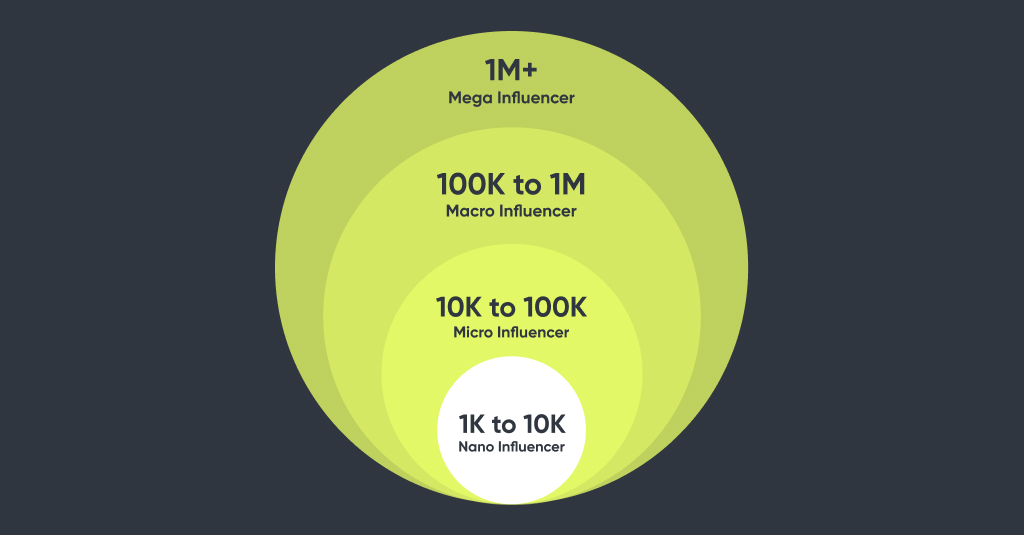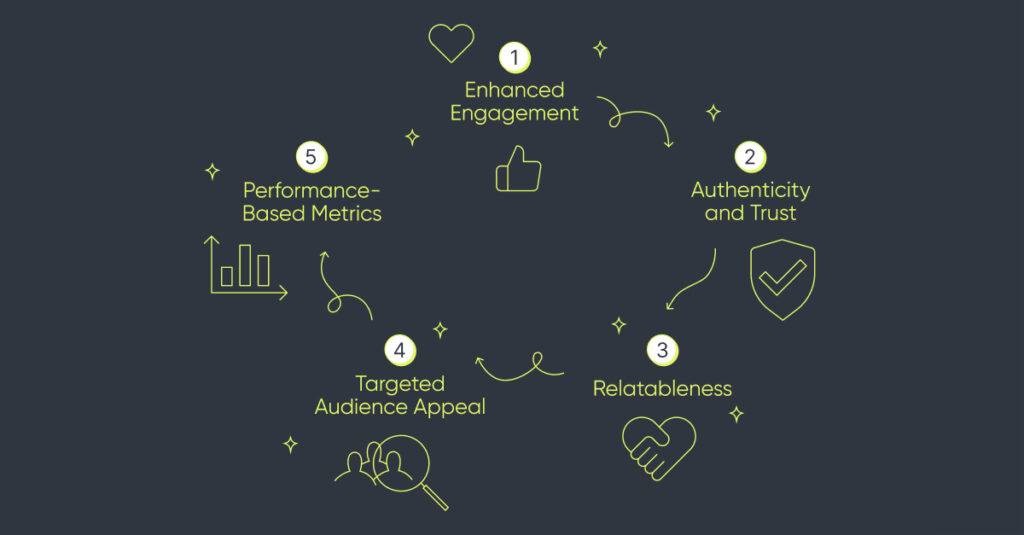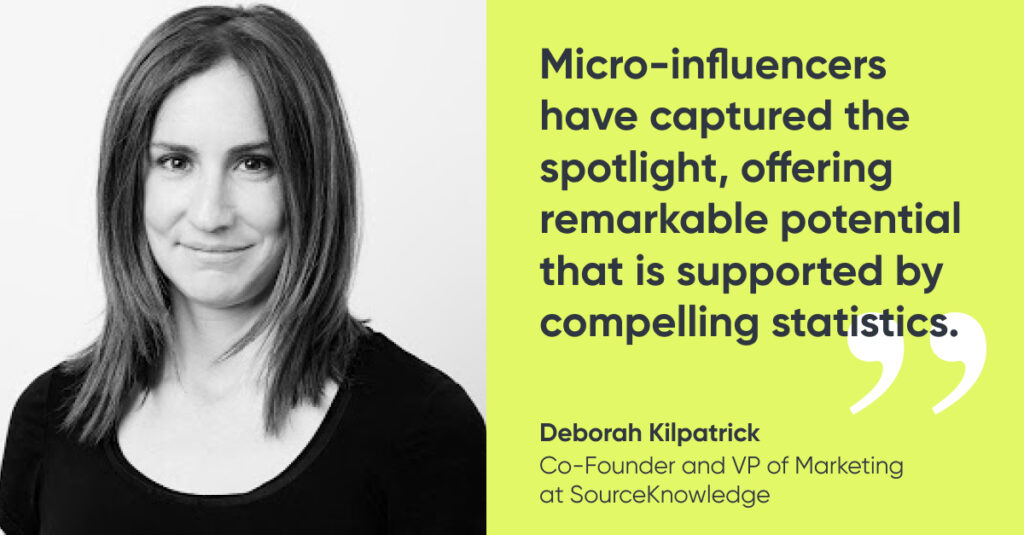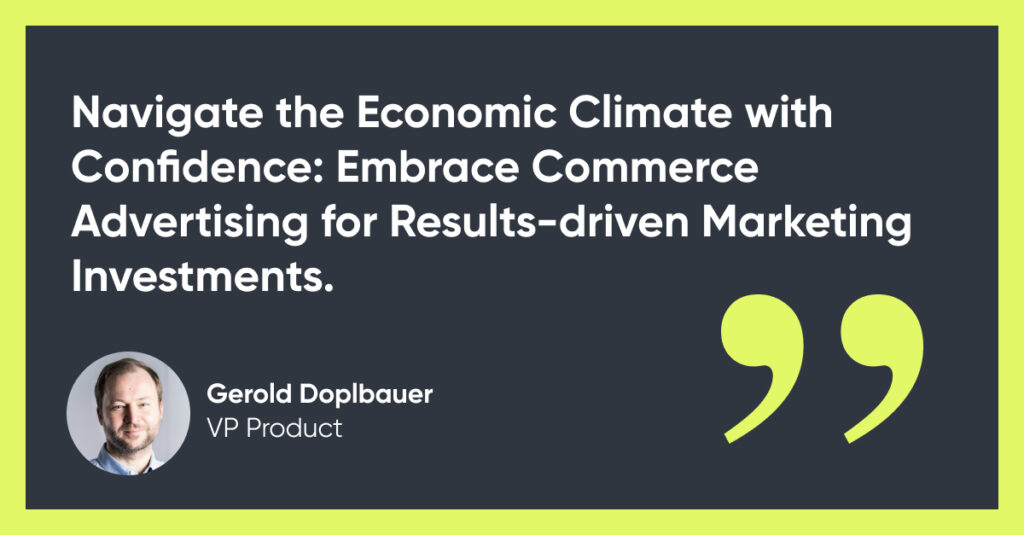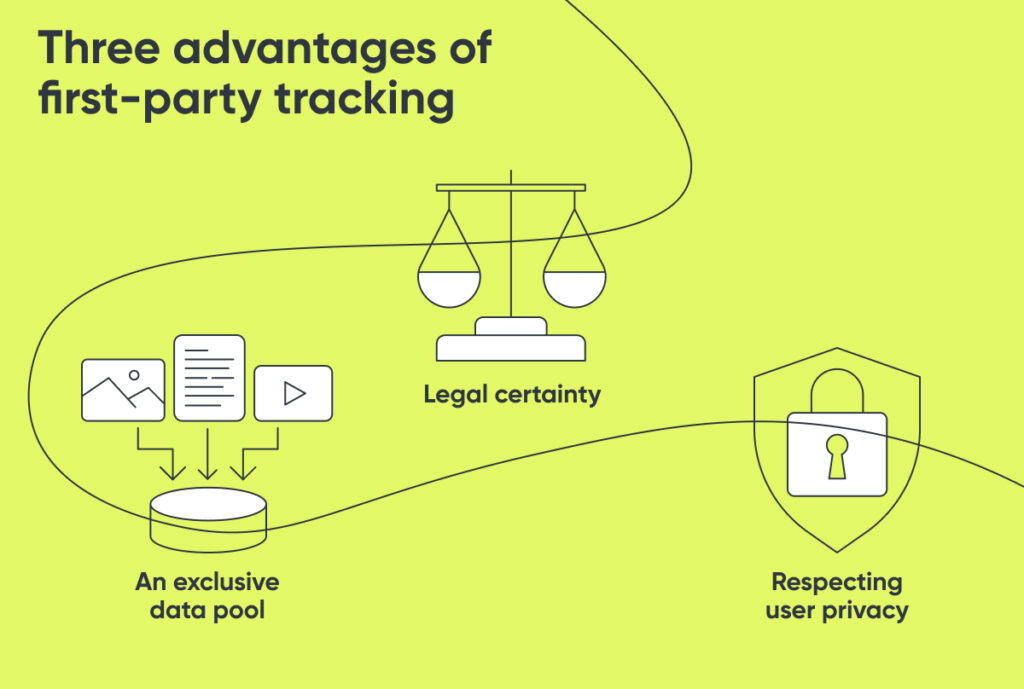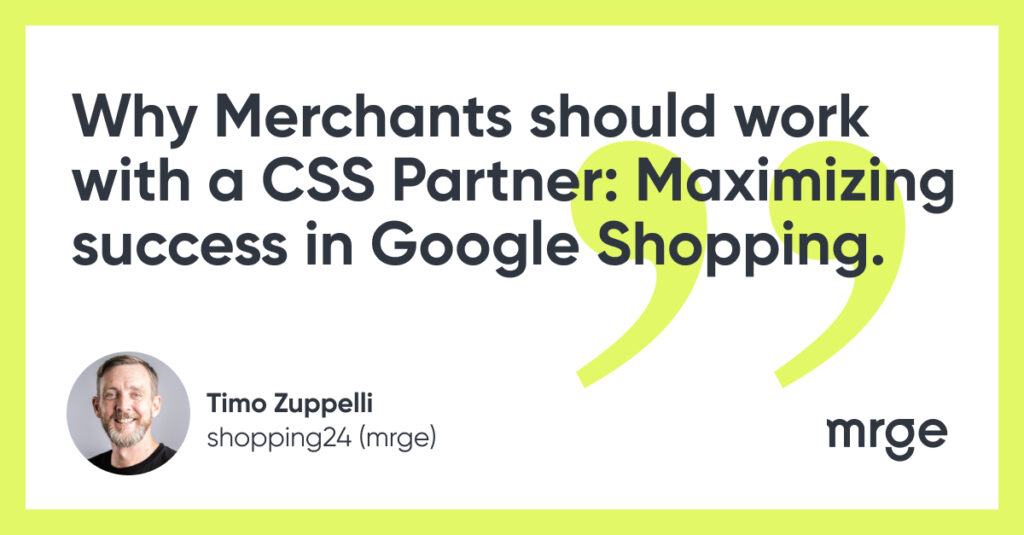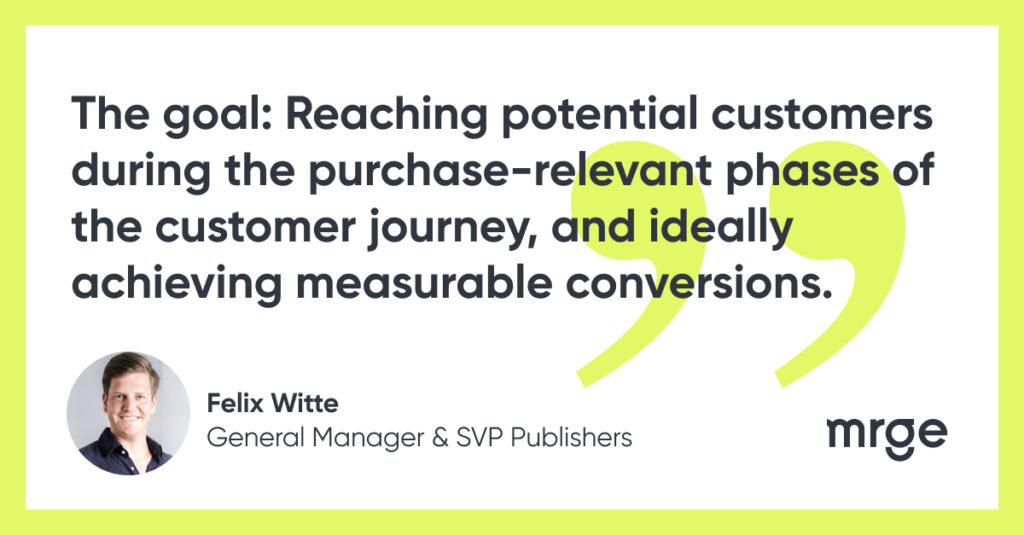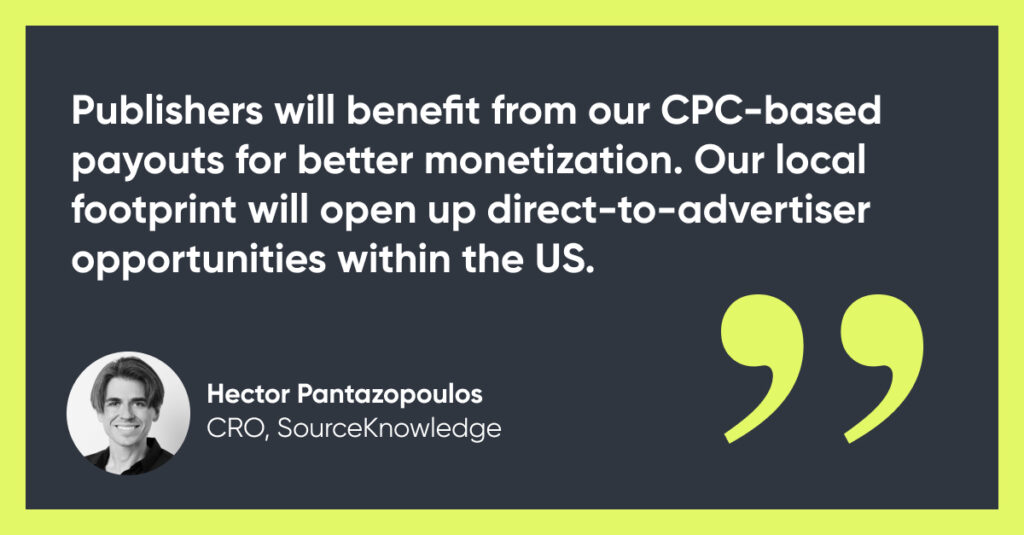Fighting Invalid Traffic: When Quality Impacts Performance
In this interview, Nikolaus Spitzy, General Manager & SVP Advertisers at mrge, explains what mrge is doing to combat invalid traffic – and why fraud is a problem in general.
Nikolaus, as a technology provider, you create the link between publishers and advertisers. You provide tools that advertisers can use to generate more traffic and increase their revenues. One of the big challenges in your industry is ad fraud, also called invalid traffic: How does fraud occur, and what are the consequences?
Spitzy: Fraud has accompanied the advertising industry ever since it went digital. It’s the old story: Ifthere is money to be made, fraudsters are never far off. All market participants have been discussing and investigating the resulting problems for many years. So far, nobody has found a recipe to completely prevent this fraudulent behavior. Invalid traffic is also a relevant issue for us. That’s why we tightened our standards in 2022 once again. Now we can protect our advertisers from invalid traffic using the best available technology.
So, what are common fraud mechanisms?
Spitzy: For us, fraudulent behavior is any type of traffic that violates our T&Cs, and those of our advertisers. This includes traffic from non-compliant sources, insufficient transparency, and conspicuous click behavior that leads to conversion. Fraud harms advertisers because they spend their advertising budgets on irrelevant traffic. And it harms reputable publishers because those advertising budgets are no longer available to them. Our image is also negatively affected – after all, we provide the technology that connects advertisers and publishers.
The causes of fraud are mainly bots. They are used by fraudsters to generate clicks, which are thus not intentionally caused by a human. The fraudsters collect the commission for the traffic from the advertiser. The advertiser, in turn, has nothing to gain because there is no potential buyer or lead behind the click. Advertisers pay for fake traffic, so budget is effectively lost. Bots are difficult to detect because advertisers buy traffic via publishers from different sources. This is absolutely correct and important – media buyers, in particular, can identify global ad placement opportunities and achieve greater reach for advertisers, with less investment. As a result, performance increases for the advertiser. But: This multitude of traffic sources inhibits transparency, because fraudulent bots don’t stand out in the crowd.
So who is the “bad apple” in this scenario?
Spitzy: Most publishers have the same goal we do: Use technology to create honest, valid, revenue-oriented relationships between them and advertisers, and thus ensure high-quality traffic. But there are some bad apples among publishers. They do not subject their traffic sources tosufficient quality checks.
What standards do you now have in place to fight invalid traffic?
Spitzy: Until recently, our options were limited. But in 2022, we were able to take decisive steps against fraud. Three measures, in particular, are coordinated and interlinked:
- We have tightened our T&Cs. Any publisher who violates them will be put on the block list.
- Together with Picalike, we have developed a crawler.
- We work with 24metrics and can screen traffic.
One of the most important standards results from our cooperation with 24metrics. We can now detect and block click-level threats in real time. What’s more, we
- Enable customizable filter options at offer/publisher level
- Identify “cookie dropping” already at click level
- Create detailed click reports to transparently communicate the reasons we reject a publisher’s traffic
We fine-tune our filter settings and get a complete screening of traffic. This way, we can prevent publishers from delivering non-compliant or unwanted traffic to partner networks and advertisers. We also screen new publishers and make it clear what criteria we apply.
On the technological side, we are also able to detect:
- VPNs and proxies
- Bots and emulators
- Click spikes
- Low conversion rates
- Double IPs
- Known fraudsters (via IP fraud database)
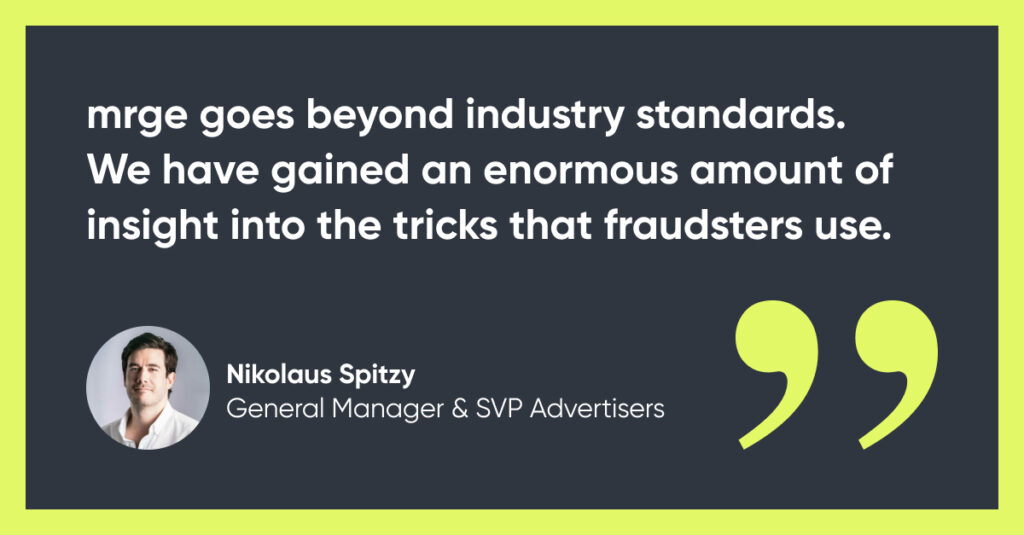
You mentioned developing a “crawler” – what exactly does that do?
Spitzy: The crawler we set up with Picalike is another key method we use to ensure T&C-compliant traffic and to combat fraud. It regularly checks around 500 websites, portals, and chats. This allows us to seamlessly trace the entire traffic history, including all redirects. The crawler cannot be blocked or locked out. With this solution, we prevent traffic from unwanted sources, especially adult content.
If publishers are found to be behaving fraudulently, we talk to them, and if their behavior does not change, they are placed on our block list. This protects our advertiser customers: Their ad impressions will no longer be delivered via undesirable domain categories.
Is this standard in the industry?
Spitzy: No, this goes beyond industry standards. Yieldkit, one of mrge’s three companies, was one of the first affiliate marketing providers in Europe. So we have gained an enormous amount of insight into the tricks that fraudsters use. Using this knowledge, we have now completely modernized our technology, and, with 24metrics and Picalike, developed measures that arefuture-proof. This puts us ahead of the curve again, and lets us offer our advertisers and networks a technology portfolio that gives them security.
We also notice that very few providers share our standards. Some publishers we have blocked are accepted by a competitor the very next day.
Fraud has been a hot topic for years – why is it still such a big problem?
Spitzy: There are more and more traffic sources, and more and more advertisers. And where there is demand, providers – whether fraudulent or reputable – emerge to meet it. The industry has done a lot in recent years to combat fraud, but there is still a lack of solidarity across all sectors and between competitors.
Block lists, like the one we have now, should really be an industry standard. Competitors or not, we need to speak with one voice when it comes to eliminating fraudulent publishers and preventing scams in the realm of affiliate marketing.
